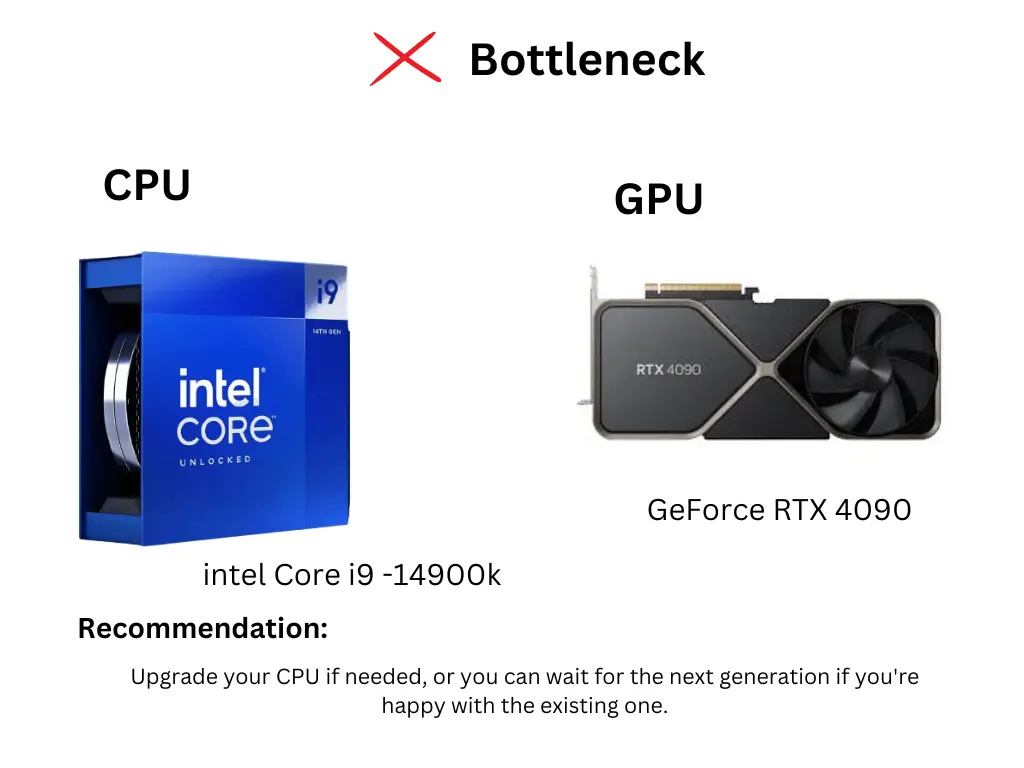Understanding Bottleneck Calculators: How They Work and Their Limitations
 PCC 13
PCC 13
A bottleneck calculator is a tool used to estimate the performance balance between a CPU and a GPU in a PC build. It helps determine whether one component is significantly limiting the performance of the other, which can be useful for gamers, content creators, and PC enthusiasts looking to optimize their hardware.
How a Bottleneck Calculator Works
Most bottleneck calculators analyze the combination of CPU and GPU selected, then estimate the percentage of workload distribution. A high bottleneck percentage (e.g., 30% or more) suggests that one component is significantly limiting system performance.
CPU Bottleneck: Occurs when the processor cannot keep up with the GPU, causing frame rates to drop or stutter.
GPU Bottleneck: Happens when the graphics card is too weak compared to the CPU, leading to underutilization of the processor.
Limitations of Bottleneck Calculators
While these calculators provide a rough estimate, they are not always accurate due to several factors:
Game Optimization: Different games rely on CPU and GPU differently (e.g., CPU-heavy games like strategy games vs. GPU-heavy games like modern FPS titles).
Resolution and Settings: Lower resolutions (e.g., 1080p) often shift the workload to the CPU, while higher resolutions (e.g., 4K) rely more on the GPU.
Background Tasks: Other applications running in the background can impact CPU and GPU usage.
Overclocking and Cooling: The efficiency of cooling and whether components are overclocked can also affect performance.
Better Alternatives
Instead of relying solely on a bottleneck calculator, a better approach is:
Checking real-world benchmarks for your specific CPU/GPU combination.
Monitoring CPU and GPU usage using software like pcbottleneckcalculator.net during gameplay.
Tweaking in-game settings to balance performance.
Subscribe to my newsletter
Read articles from PCC 13 directly inside your inbox. Subscribe to the newsletter, and don't miss out.
Written by
